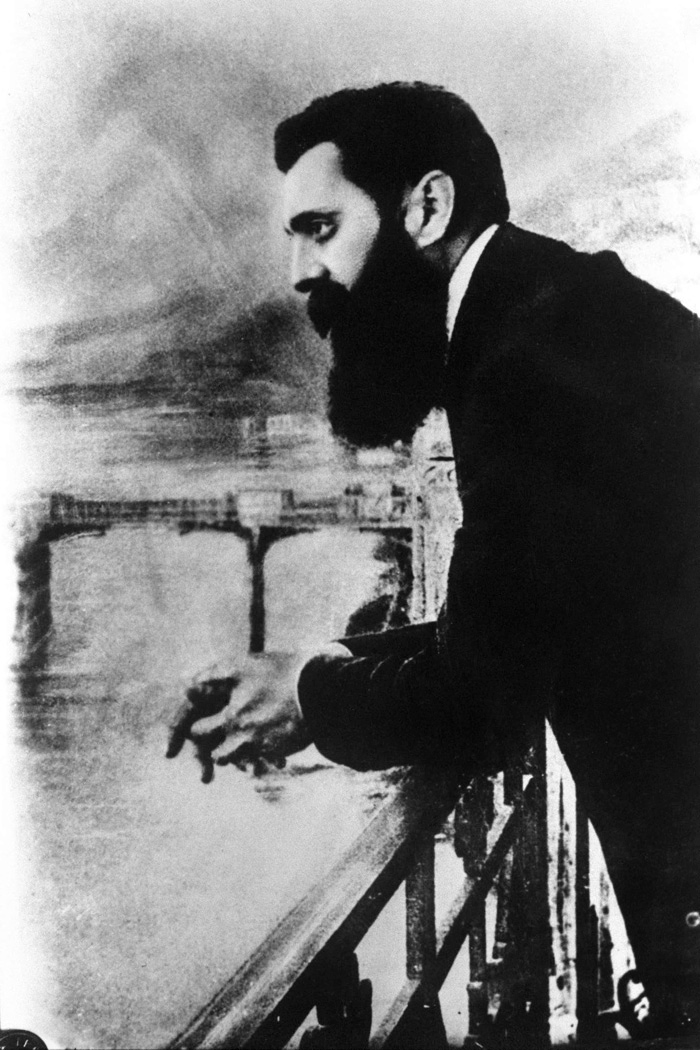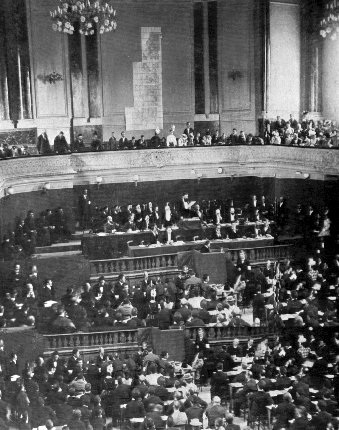ZIONISM
Zionism is the idea of the Jewish People returning to their indigenous homeland in Eretz Yisrael — the Land of Israel. Though not called Zionism specifically until the late 1800s, it has been central to Jewish thought, practice, culture, and values since ancient times. It traces back to the era of the Babylonian Exile (6th century BCE) and especially to the loss of Jewish sovereignty when the Romans destroyed Jerusalem and exiled most of the Jews in 70 CE.
Zionism, as it arose in the latter half of the 1800s, sought to solve two existential problems facing the Jews of Europe:
Problem #1: The Jews of Eastern Europe were living under such oppression, persecution, and violence that many Jewish thinkers believed there was no future for Jews in Eastern Europe: eventually they would all be killed or driven out.
Problem #2: The Jews of Western Europe were so highly assimilated that the practice and culture of Judaism threatened to disappear in future generations.
Zionism’s answer to this two problems was to bring the Jews of Europe to Palestine. For in their ancient homeland, they would 1) be able to live freely as Jews without the threat of persecution, and 2) they would be able to freely practice Judaism without having to conform to a majority-Christian society. Zionism was therefore both a new way of life, but one that was also deeply connected to the historic Jewish past and to Jewish hopes for the future
Key People to Know Here
the ideologies
Okay, so we have this basic idea of Zionism. It’s like a tree. There are the roots — the plight of Jews in Eastern Europe and assimilation in Western Europe. And there is its basic ideology, which serves as its central tree trunk: Zionism is the return of the Jewish people to their ancestral homeland.
But from there the tree branches off into multiple directions. And while all the branches do converge on that single tree trunk, sharing that same foundational idea, they also form their own ecosystems: each branch has its own ideology, its own leaders, and its own history. Here are the main ones to know:
Political Zionism
Theodore Herzl founded the official Zionist Movement in the late 1890s, earning him the highest distinction in Israeli history. Galvanized by the Dreyfus Affair, he sought political support from the nations of the world for the creation of a Jewish homeland. His branch, then, focused on international diplomacy, coordinating the Zionist Movement (through the annual Zionist Congress), and financial backing for Jewish settlement in Palestine.
Leaders: Theodore Herzl, Max Nordau
Key Events: Dreyfus Affair (1894), First Zionist Congress (1897)
Key Texts: The Jewish State (Der Judenstaat, Herzl, 1896), “The New Jew” speech, Second Zionist Congress (Nordau, 1898)
Cultural Zionism
Cultural Zionism envisioned a small Jewish colony in Palestine, less so a nation-state. Ahad Ha’Am believed in the revitalization of Judaism, and saw Jewish nationalism (Zionism) as a key element in that effort. The future Jewish colony, kept purposefully small so as not to arouse Arab anger, would be an inspiration to Jews worldwide, millions of whom would make the pilgrimage to visit the revitalized Jewish colony and return to their European homes reawakened by their connection to Judaism. Developing a modern Hebrew based on the ancient-but-rarely-used language, was essential to this
Leaders: Ahad Ha’Am, Eliezer Ben Yehuda
Key Organization: Chovevei Zion (Lovers of Zion)
Labor Zionism
Labor Zionists didn’t think that Political Zionism was enough to create the Jewish homeland. Only through a progressive, socialist vision tethered to the hard labor of developing the land, all done by working-class Jews, would the Zionist project flourish in Palestine. Labor Zionism came to dominate the Movement: the kibbutz, the Haganah, David Ben Gurion — all were the products of Labor Zionism.
Leaders: Nachman Syrkin, Aaron David Gordon
Key Texts: People and Labor (AD Gordon, 1911)
Key Organizations: The Haganah, the Histadrut, The Jewish Agency, Jewish National Fund, the kibbutz
Revisionist Zionism
The right-wing counterpoint to Labor Zionism, Revisionist Zionism arose in the 1920s and 30s, and emphasized Jewish self-defense, maximalist territorial gain, and aggressive confrontation with the Arabs to counter their attacks on the Jews. Where Labor Zionism was not yet settled on the creation of a Jewish state in Palestine, REvisionist Zionism insisted upon it, and believed itself to be the natural extension of Herzl’s Political Zionism. Revisionist Zionism formally split from the mainstream Zionist movement in 1935, and continues to serve as the ideological foundation of right-wing politics in Israel today.
Leader: Vladimir Jabotinsky
Key Texts: The Iron Wall (Jabotinsky, 1923)
Key Organization: The Irgun
Religious Zionism
Not much discussed in Jew Oughta Know, Religious Zionism combined Jewish nationalism and Orthodox Judaism. Where many Orthodox Jews opposed Zionism out of the notion that only God could about the redemption of the Jewish people through the re-establishment of the Jewish homeland in Zion, Religious Zionists saw the Zionist Movement as part of God’s divine plan. Its main early adherent was Rabbi Abraham Isaac Kook.
General Zionism
Sometimes called Synthetic or Practical Zionism, a better term might be “the moderate majority” — the mainstream Zionist Movement that didn’t adhere to one particular ideology or the other. General Zionism viewed the eventual establishment of a Jewish homeland (or state) as resulting from the pursuit of all the ideologies at the same time, and favored practical actions — from diplomacy to agricultural development — that would build the future Jewish homeland.
Leader: Chaim Weizmann
Theodore Herzl in Vienna. Photo source: Wikipedia
Theodore Herzl (center, top podium) speaks at the Second Zionist Congress, 1898. Photo source: Wikipedia
Okay, so we’ve got Zionism…
… the ideological and organizational foundation of the national project to re-establish the Jewish homeland in Eretz Yisrael (the Land of Israel). But of course that’s not enough. For Zionism to be successful, you need people to move to Palestine and begin the effort to develop the land in accordance with the various Zionist principles and ideologies. So, onto Immigration & Development.



